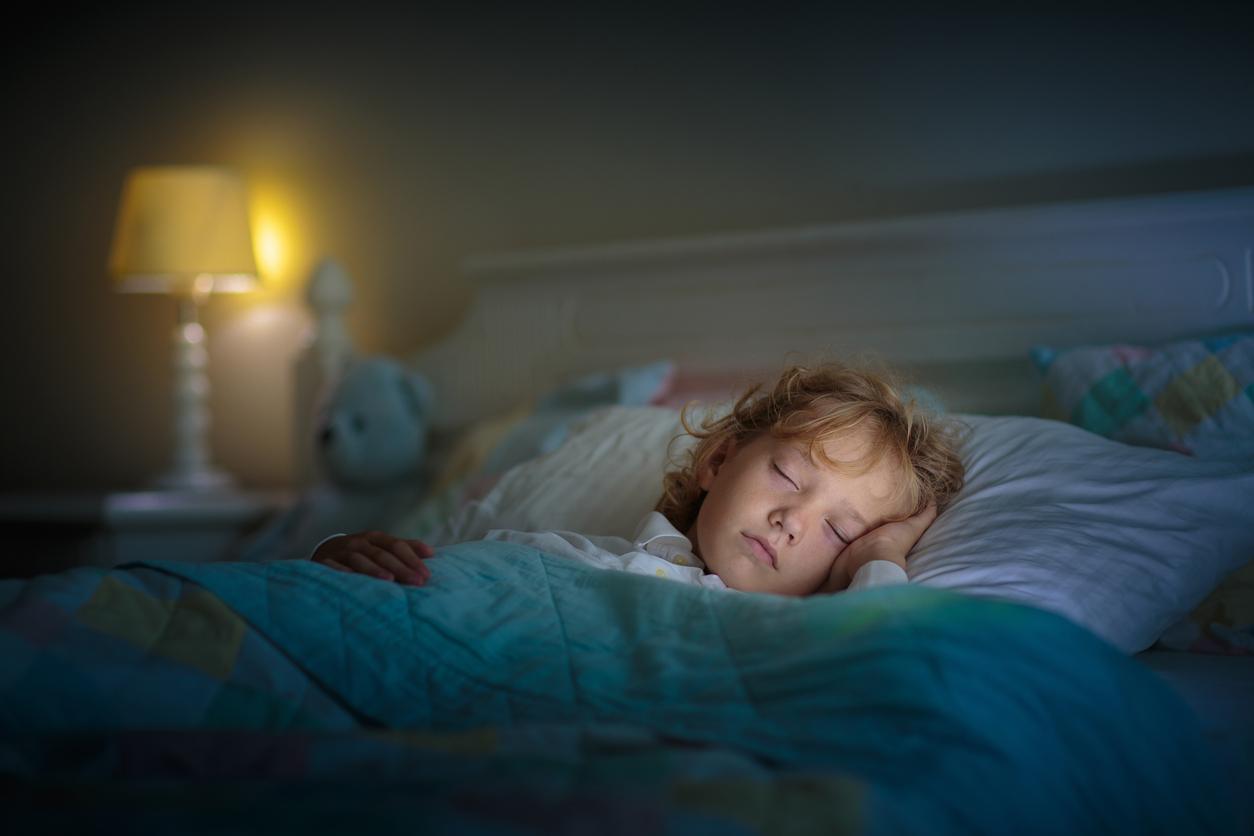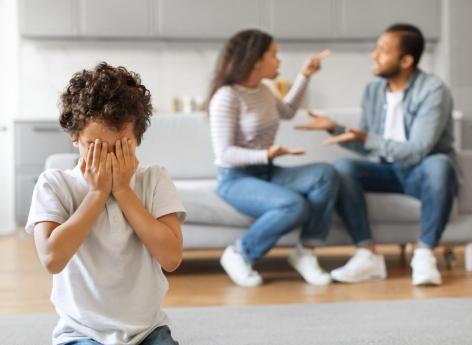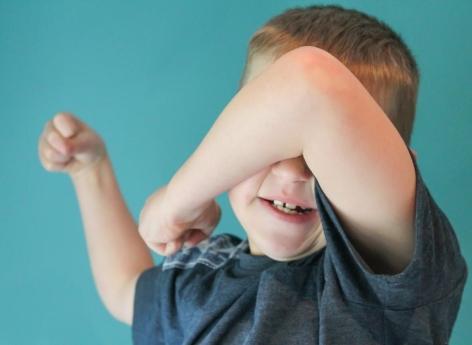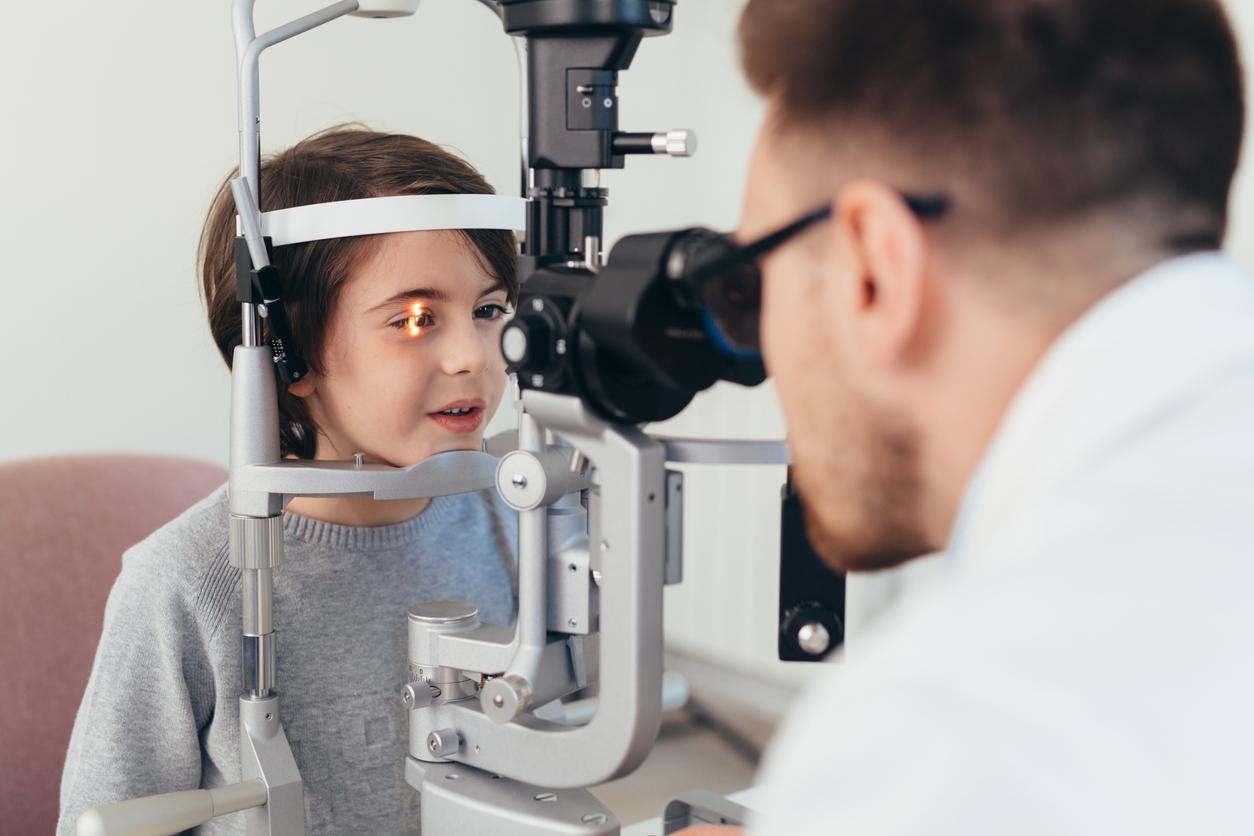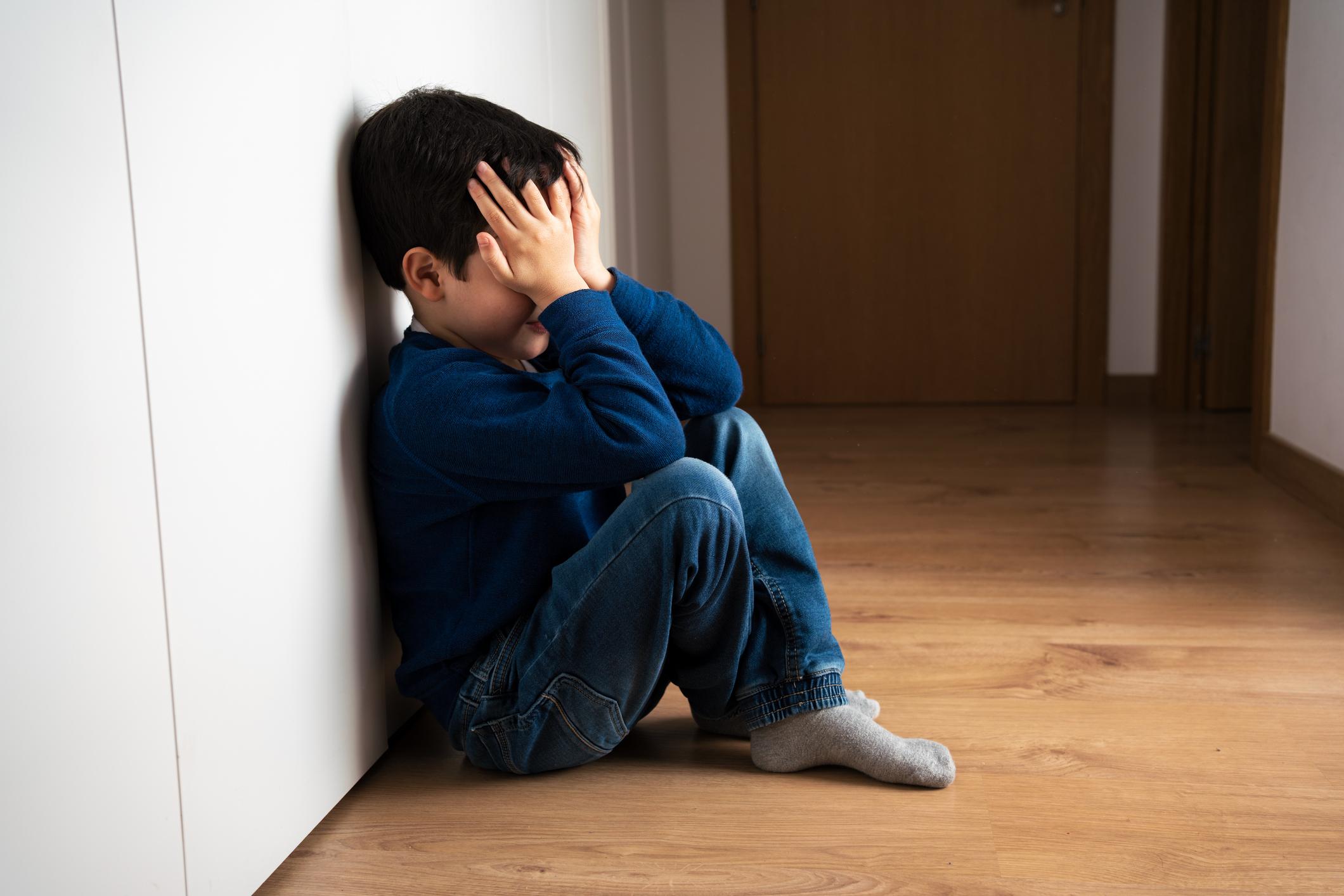The use of earphones and headsets can harm children’s hearing. To limit the risks, it is important to take some precautions.
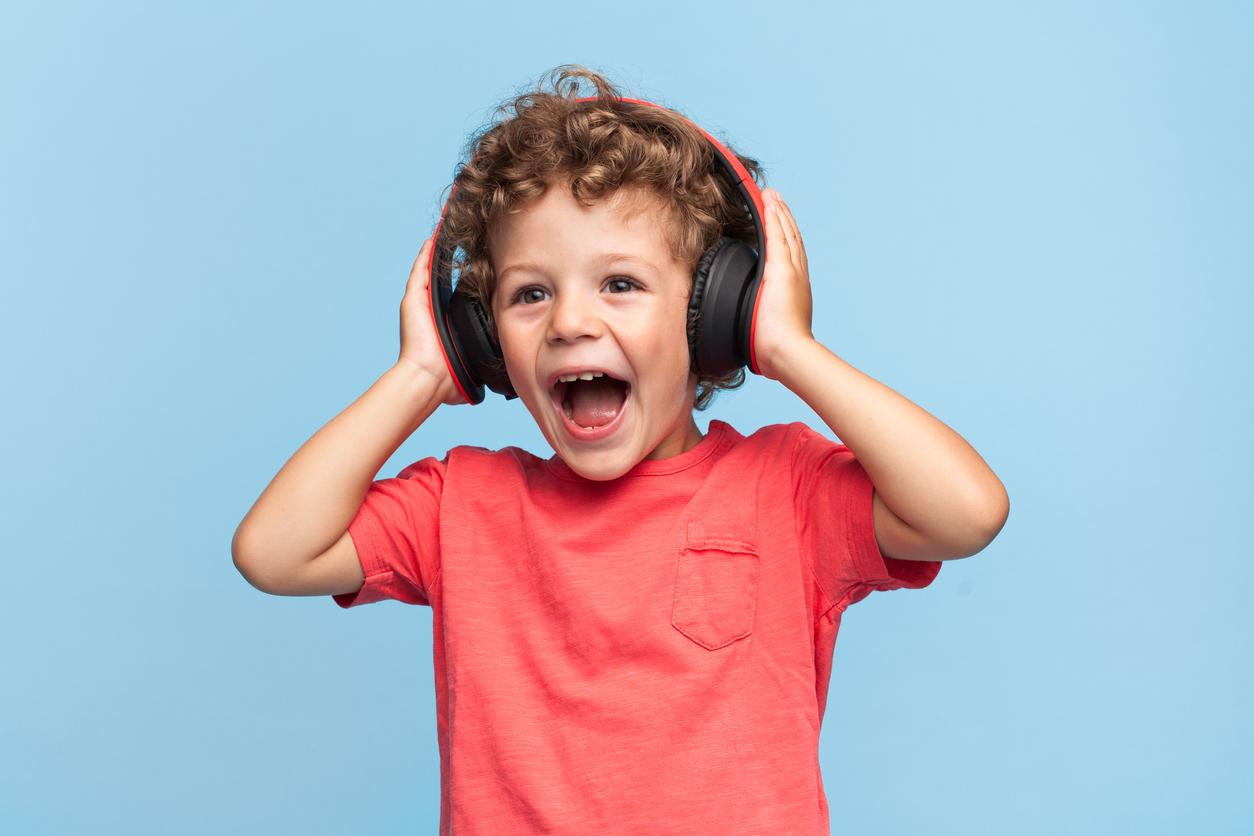
- The use of earphones or headsets can be dangerous for the hearing of young people.
- This can lead to hearing loss, but also have consequences on stress, sleep and even learning abilities.
- To reduce the risk, it is important to limit the duration of use and the volume, to choose the type of device carefully and to be alert to the slightest sign of hearing loss.
Headphones and other headsets help us hear better, but in the long term they can degrade our hearing abilities, especially when used early. According to data from University of Michigan Children’s Hospital, two out of three parents say that their child, aged 5 to 12, uses headphones or headphones. Among them, half declare that this represents at least one hour of listening per day.
Headphones and earphones: why can they harm children’s hearing?
For specialists, it is essential to supervise this use to limit the risk of hearing loss. “Parents may underestimate the potential harm from excessive use of listening deviceswarns Susan Woolford, co-author of this study. It can be difficult to know if their child’s exposure to noise is healthy.” She points out that prolonged or significant exposure to high volumes of noise can lead to long-term health problems, including hearing loss or tinnitus. “Young children are more vulnerable to potential harm from noise exposure because their hearing systems are still developing, she adds. Their ear canals are also smaller than those of adults, which intensifies the perceived sound levels.” This can have consequences on the quality of their sleep, their learning, their stress or even their language.
Control the volume of earphones and headsets to reduce the risk of hearing loss
Susan Woolford gives four simple ideas to implement to limit the impact of listening devices on children. The first tip is the most obvious: monitor volume levels. She recommends that parents follow the 60/60 rule: children should not use audio devices for more than 60 minutes per day without exceeding 60% of the maximum volume. “A good way to tell if an audio device is too loud is to test if the child can hear you when you are an arm’s length away.“, she emphasizes.
Know how to choose the right headphones or earphones for children
The specialist adds that audio equipment intended for children must be carefully chosen. She suggests getting noise-cancelling or volume-limiting headphones. “Parents should consider the risk of noise exposure when purchasing audio devices for their child by checking the information on the device packaging to identify products that limit volume.”, she notes. These should not exceed 70 decibels. She recommends devices with a built-in noise-canceling device, as this prevents children from turning the volume up to too high levels. But they should not be used in situations “where the perception of sounds is crucial for safety”.
Take breaks to limit the risk of hearing loss
Although she recommends not exceeding one hour per day, Susan Woolford insists on the fact that it is essential to encourage children to take breaks. “Parents should intentionally help their children have daily ‘device-free’ time. This may involve putting away or locking the child’s audio devices when time limits are up.” Also, it is recommended not to use these devices at bedtime or during the night.
Know how to spot the first signs of hearing loss
If in doubt about children’s hearing ability, it is important to react quickly. “Early signs of hearing loss may include asking to repeat, speaking loudly to people nearby, speech delay, or lack of reaction to loud noises“, specifies Susan Woolford. If any of these signs are observed, you should consult a pediatrician or an ENT specialist.




